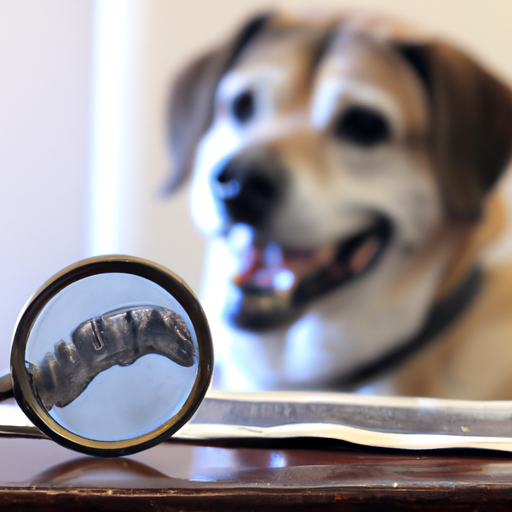Determining a dog’s age isn’t always a straightforward task, especially if you’ve adopted an adult dog whose history may be a mystery. Yet, understanding your pet’s age is essential, as it influences everything from diet to healthcare needs. This comprehensive guide will help you discover your furry friend’s age, using multiple methods such as teeth examination, eye clarity, and behavior cues.
Table of Contents
1. Dog Ageing and Lifespan Basics
2. Teeth Examination
3. Eye Clarity
4. Behavioral Cues
5. Consulting a Vet
6. Frequently Asked Questions
Key Takeaways
* Teeth examination is a common method to estimate a dog’s age.
* Eye clarity and behavior can provide clues about a dog’s age.
* Vet consultation is the most reliable way to determine a dog’s age.
Dog Ageing and Lifespan Basics
Dogs age at different rates compared to humans. A common misconception is that one human year equals seven dog years. However, according to American Veterinary Medical Association, a one-year-old dog is equivalent to a 15-year-old human, and a two-year-old dog is comparable to a 24-year-old human. After these initial two years, each dog year equals approximately four human years.
Dog’s lifespan varies depending on factors like breed, size, and general health. Smaller breeds tend to live longer than larger ones. For instance, a Chihuahua might live up to 15 years or more, while a Great Dane’s lifespan is typically around 8 years. One Top Dog provides a comprehensive list of dog breed lifespans that can be referenced to gain a better understanding of your pet’s expected lifespan.
Teeth Examination
One of the most common ways to guesstimate a dog’s age is by inspecting their teeth. Puppies typically have 28 deciduous (baby) teeth, which start to fall out around four months of age. By the time they’re seven months old, most dogs should have a full set of 42 permanent teeth.
From one to two years of age, teeth are white and clean. As the dog ages, signs of wear, discoloration, and possible tartar build-up become noticeable. By the time they’re five, most dogs will have signs of wear on their back teeth.
It’s important to note that diet, care, and chew habits can affect a dog’s dental health, so teeth examination isn’t always a foolproof method.
Eye Clarity
As dogs age, their eyes often reveal telltale signs. Young dogs typically have bright, clear eyes. As they approach middle age (around 5-7 years), you might notice their lenses becoming a bit hazy. This shouldn’t be confused with cataracts, which are more opaque and can occur at any age.
By the time dogs reach senior status (around 9-11 years), they may develop nuclear sclerosis, causing the eyes to appear cloudy. This change is a normal part of the aging process and doesn’t significantly affect vision.
Behavioral Cues
Behavioral changes are also indicative of a dog’s age. Puppies are usually energetic and curious, constantly exploring their surroundings. Adolescent dogs (6-18 months) may show rebellious behavior similar to human teenagers.
Adult dogs (1-8 years) tend to be more predictable and less hyperactive. They have established their temperament and are usually well-trained.
Senior dogs (8+ years) show signs of slowing down. They may experience weight gain or loss, reduced mobility, and potentially, cognitive problems like disorientation or reduced responsiveness.
Consulting a Vet
While the above-mentioned methods can provide an estimated age, consulting a vet is the most reliable way to determine your dog’s age. Vets can conduct thorough examinations, including blood work and other diagnostic tests, to give a more accurate estimate.
For additional information on dog health and age-related changes, consider visiting these pages on One Top Dog – Senior Dog Care and Puppy Care.
Frequently Asked Questions
1. Can a DNA test determine a dog’s age?
While a DNA test can reveal breed information and potential health risks, it cannot accurately determine a dog’s age.
2. Does a dog’s size affect its lifespan?
Yes. Typically, smaller breeds live longer than larger ones.
3. How old is a 1-year-old dog in human years?
According to the American Veterinary Medical Association, a one-year-old dog is equivalent to a 15-year-old human.
Understanding a dog’s age is crucial to their care. The right age knowledge helps in providing a suitable diet, necessary healthcare, and appropriate physical activities. It helps in ensuring that your furry friend lives a fulfilling, healthy life.



